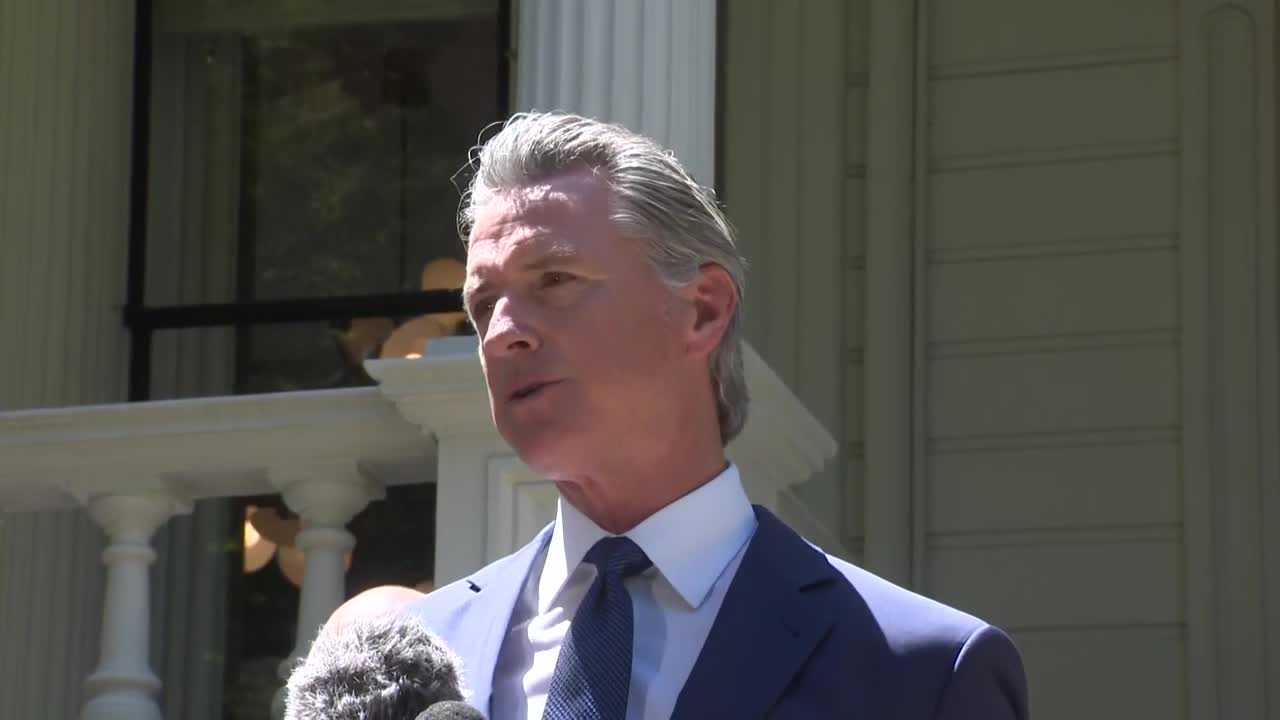California Governor Gavin Newsom has initiated a landmark executive order focused on addressing the pressing mental health crisis affecting men and boys across the state. This significant executive action aims to enhance the overall well-being of young males, with a particular emphasis on reducing alarming suicide rates and fostering greater societal engagement and connection among this demographic.
The comprehensive order specifically mandates the state’s Health and Human Services Agency to devise and recommend effective strategies for tackling the disproportionately high suicide rates prevalent among young men. Furthermore, it seeks to improve access to crucial mental health services and support systems, while simultaneously committing the state to facilitate access to vital educational and career opportunities for this vulnerable population.
Governor Newsom underscored the urgency of this initiative, stating, “Too many young men and boys are suffering in silence — disconnected from community, opportunity, and even their own families.” He articulated his vision for the order as a pivotal step towards ensuring that “every young man matters,” guiding them towards paths of “purpose, dignity, work, and real connection,” thereby addressing their increasing feelings of isolation and disengagement.
This renewed focus on male well-being emerges against a backdrop of shifting political landscapes, notably following the previous year’s election where a significant segment of young men gravitated towards former President Donald Trump. His campaign resonated with many who perceived themselves as overlooked by existing economic, cultural, and political systems, highlighting a growing concern among Democrats about this demographic’s engagement and support.
Newsom has consistently highlighted the importance of this issue, frequently discussing the need to support men and boys on his personal podcast. He recently hosted Richard Reeves, founder of the American Institute for Boys and Men, to delve into actionable strategies for better meeting the unique needs of this demographic. Newsom articulated that addressing these challenges transcends mere political considerations, emphasizing its profound societal importance.
Beyond direct mental health support, the executive order also mandates the state to encourage greater community involvement among men and boys through volunteer programs. It seeks to establish clearer pathways for more male students to pursue careers as teachers and school counselors, alongside initiatives designed to boost participation in state-sponsored career education and training programs, ultimately improving student outcomes across various sectors.
While widely supported, the order has also drawn commentary regarding its scope. Karen Vicari, director of public policy at Mental Health America of California, acknowledged the order’s importance but suggested it might not fully address systemic issues, particularly highlighting the chronic underfunding and severe workforce shortages within the state’s behavioral healthcare system. She emphasized that while supportive, more extensive reform is needed.
Conversely, Pete Weldy, CEO of the California Alliance of Child and Family Services, lauded the timing of the executive order, describing it as “critical.” Weldy praised the state’s commitment to dedicating resources toward the urgent mental health needs of young men and boys, particularly in light of recent federal actions perceived as undermining suicide prevention funding and programs aimed at reducing health disparities.
The urgency of this statewide initiative is underscored by alarming national statistics; men, comprising half the U.S. population, account for a striking 80% of all suicides. Data from the Centers for Disease Control and Prevention reveals that the suicide mortality rate for men and boys in 2023 was approximately 22.7 per 100,000 people, a rate nearly four times higher than that for women and girls. California, despite having a lower overall suicide rate than the national average, is proactively addressing this critical public health challenge through targeted executive action.






Leave a Reply